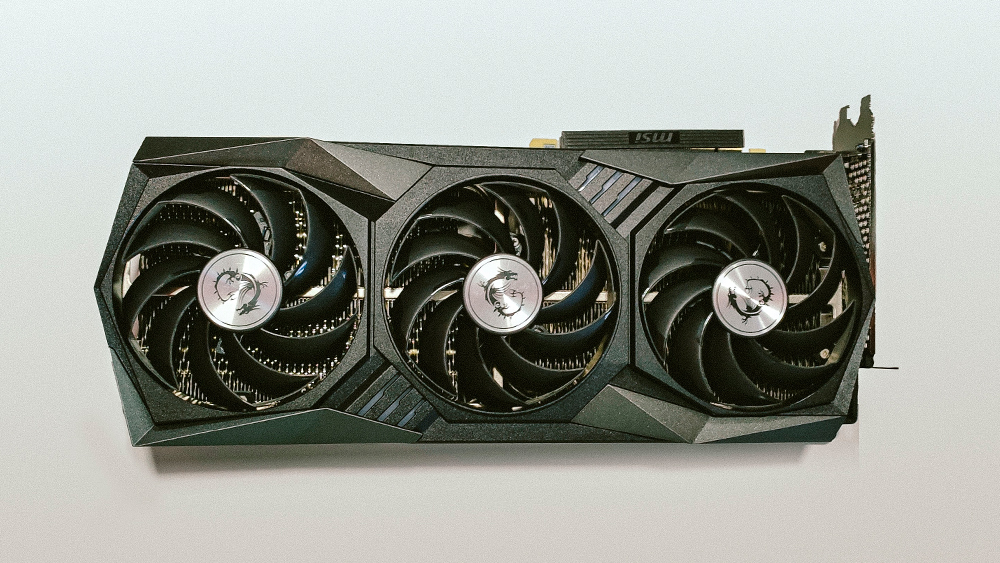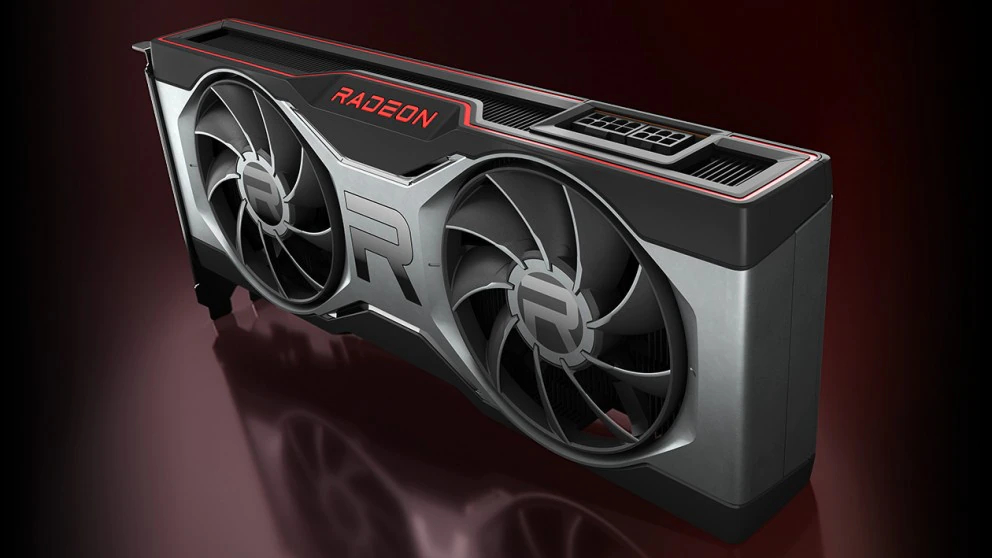
So what does a graphics card do exactly? If you have even a vague interest in 3D work, video production or gaming, you probably know that they're important and can make for a much more enjoyable experience. You might also be thinking that you need one (or need a better one), but you may have doubts about exactly what their role is and how much difference the best graphics cards can make.
In the overview below, I've attempted to summarise what graphic cards do, why they're important and why you might need to buy one. Since Black Friday is fast approaching, I've also included some tips on where to find a deal since Black Friday is one of the best times of the year to buy a graphics card for less (see our own roundup of the best Black Friday graphics card deals).
What does a graphics card do?

So what is a graphics card? Computers are full of components that work together to perform different tasks. Graphics cards are part of that. They can come in the form of a printed circuit board that can be inserted into an expansion slot or as an external unit in a dedicated enclosure that connects to a computer via a docking station or a cable.
Also known as video cards, display cards or VGA cards, graphics cards include a graphics processing unit (GPU). This is a specialised electronic circuit that is designed to make the calculations necessary to render numerical data as images on a computer monitor and accelerate computer graphics and image processing. Graphics cards generate a feed of graphical output for a display. However, most graphics cards today can also support processing, thereby reducing the load on a computer's central processing unit (CPU).
Not all computers have dedicated graphics cards. Many cheaper laptops have an integrated graphics processor on the CPU. However, discrete graphics cards tend to provide superior performance for graphically demanding tasks such as video gaming and video editing, which can become unbearably laggy on many devices with integrated graphics. There are exceptions, such as Apple's M-series chips, which have integrated graphics but have been designed to provide excellent performance and efficiency for handling video.
How do graphics cards work?

Think of the CPU as the brains of a computer, sending instructions to the other components, while the graphics card turns data into images to send to the display. The processor or CPU calculates what data a program wants to display and outputs this as numerical image data. It's a versatile component designed to perform various tasks. The GPU has a more specific function and is designed to break down complex instructions into the thousands of parallel tasks necessary to convert data into images.
Performing so many parallel tasks, for example simultaneously rendering shapes, textures and lighting in a game, requires more cores – the pathways of billions of microscopic transistors that help a processor work. The average CPU today has around 8 cores, while GPUs can have up to 4,000. The cores on a CPU are more powerful, but are not necessarily best for processing graphics.
Get the Creative Bloq Newsletter
Daily design news, reviews, how-tos and more, as picked by the editors.
As well as the GPU, which is where the transistors, CUDA cores and streaming multiprocessors are found, dedicated graphics cards typically have a voltage regulator module (VRM) responsible for ensuring that the GPU receives the necessary power at a steady voltage, a PCIe interface or slot to plug them into the motherboard, an integrated integrated thermal system comprising will a heatsink and/or fans, and interconnection bus that allows multiple graphics cards to be connected to a single motherboard, Video BIOS and and output interface, DisplayPort, DVI and HDMI port.
But one of the most important element of dedicated graphics cards is video RAM (VRAM). Random access memory, or RAM, is the CPU-based short term memory that helps with multitasking. Dedicated VRAM is built into graphics cards, making it more accessible for graphical tasks. In video games, some information needs to be used regularly, so it's stored here, making it quicker to render - that speed is vital for competitive esports gaming. Allow games to be run fast to avoid any input lag or screen tearing.
Do I need a dedicated graphics card?
Many laptops and computers have integrated graphics cards that are already mounted on the mainboard. These do not have their own memory and so they have a low clock rate and lower performance but that's just fine for browsing, general media consumption and office applications.
Dedicated graphics cards have their own memory. This increases their size and requires its own cooling. Therefore, GPUs are usually separate components that connect to the motherboard via a PCI interface. They are much more powerful and can handle gaming, 3D rendering and machine learning. A graphics card is pretty much a must for video games that feature expansive 3D worlds with realistic lighting and shadow effects. A graphics card will also usually make for a much less frustrating experience in video editing or 3D modelling and design.
What graphics card should I buy?
Remember to consider the setup you'll be using it with. There's not much point in adding the latest top-of-the-range graphics card to an old entry level PC. CPU and GPU power go hand in hand, and you won't be taking advantage of that powerful GPU if the rest of your machine isn't cut out for it. Generally, you want to pair a CPU and GPU that offer comparable levels of performance. Modern games can massively improve performance in modern games. Don't need a top of the line GPU for individual gamers.
Graphics cards are easier to install on desktop PCs and self-built rigs. Many laptops are not designed to be easily upgradable, however with some perseverance and the right tools, it is possible to upgrade the graphics card in laptops as well.
How can I save money on a graphics card?
Top-of-the-line graphics cards can be very expensive, but there can be big discounts during sales, so it's a good idea to look for one during sales periods such as Black Friday. Remember that if you're an individual gamer, you might not need a top-of-the-line graphics card – one of the best budget graphics cards could be enough.
See below for the best prices on our favourite graphics cards in your region.

Thank you for reading 5 articles this month* Join now for unlimited access
Enjoy your first month for just £1 / $1 / €1
*Read 5 free articles per month without a subscription

Join now for unlimited access
Try first month for just £1 / $1 / €1

Joe is a regular freelance journalist and editor at Creative Bloq. He writes news, features and buying guides and keeps track of the best equipment and software for creatives, from video editing programs to monitors and accessories. A veteran news writer and photographer, he now works as a project manager at the London and Buenos Aires-based design, production and branding agency Hermana Creatives. There he manages a team of designers, photographers and video editors who specialise in producing visual content and design assets for the hospitality sector. He also dances Argentine tango.
